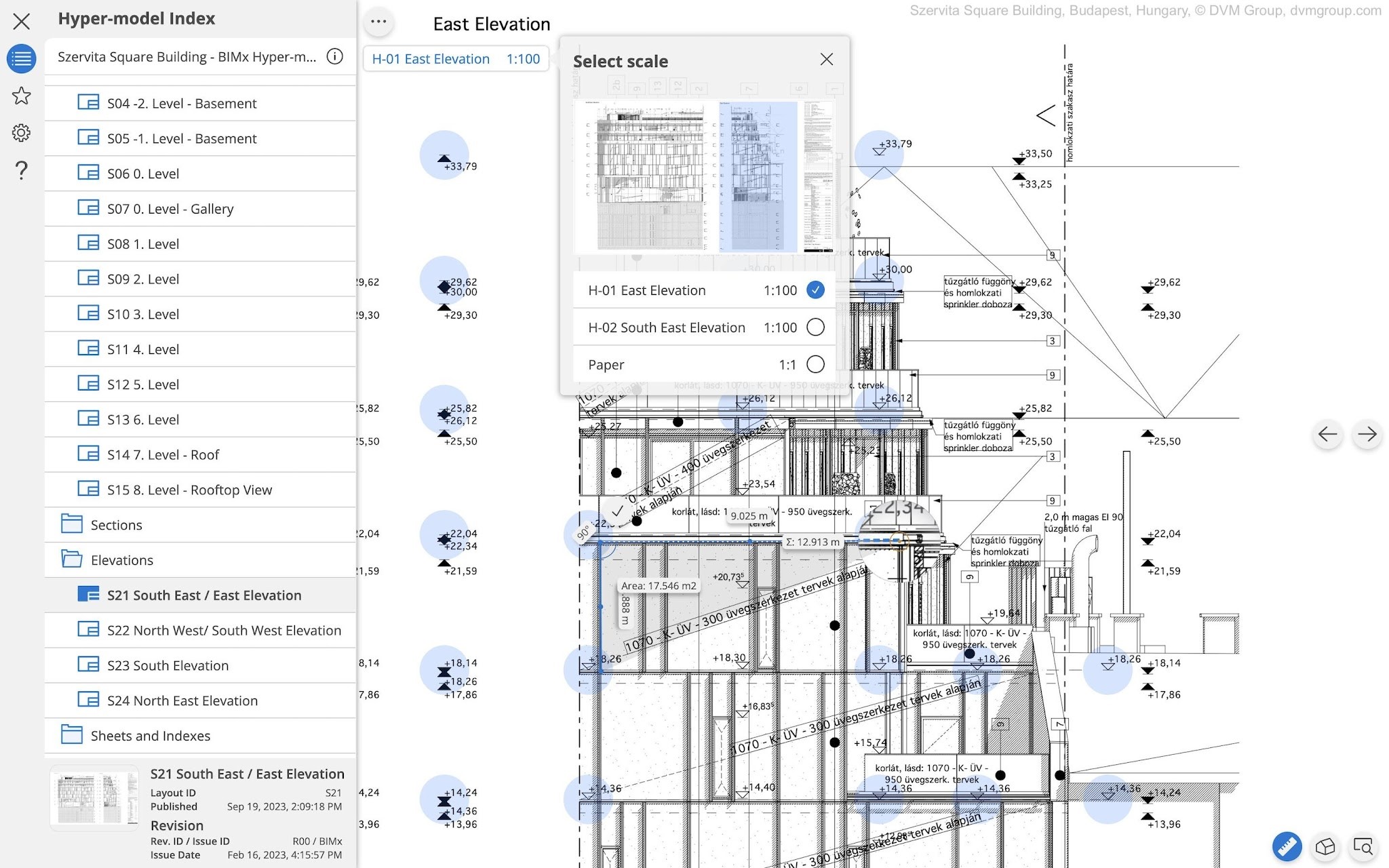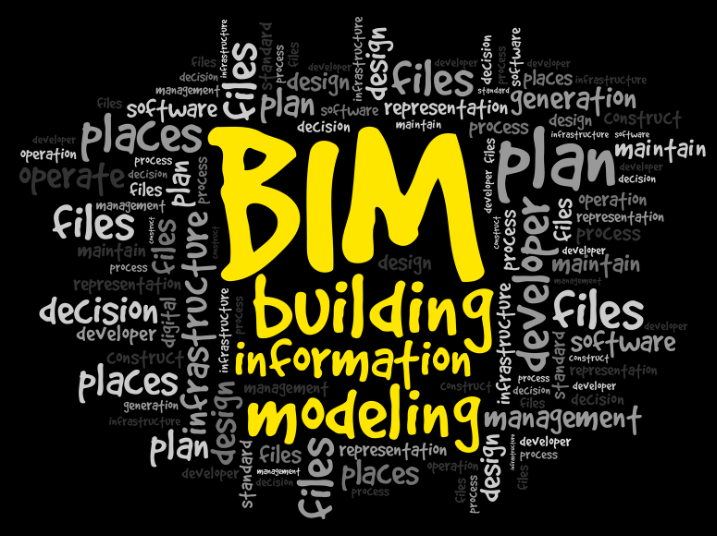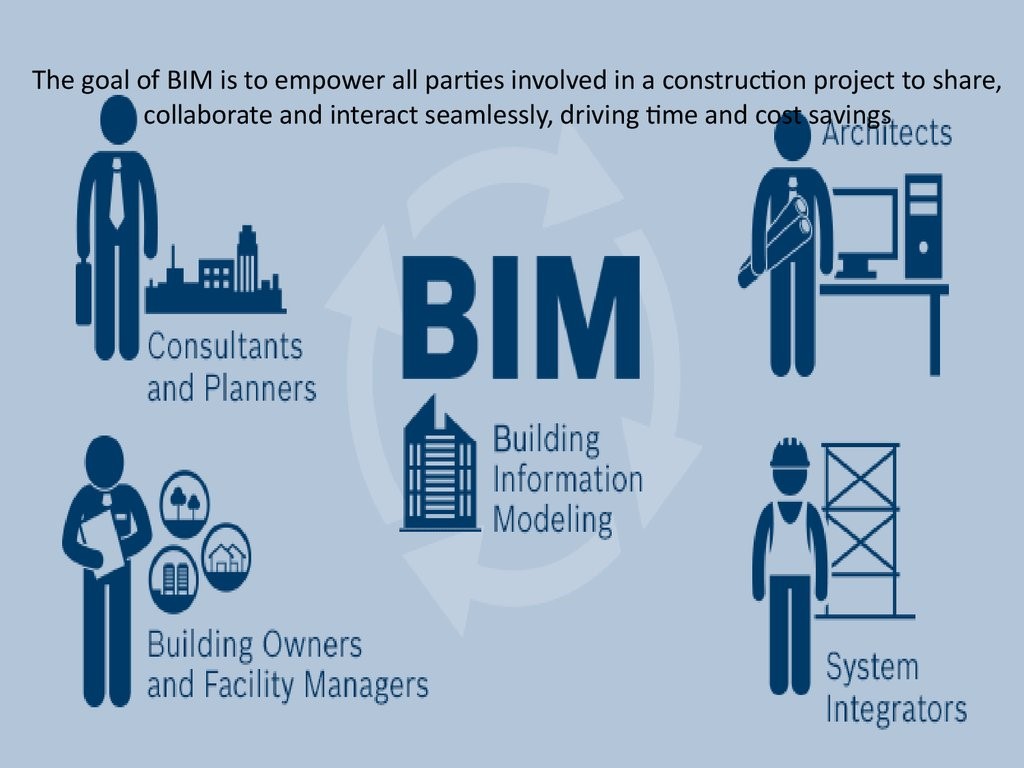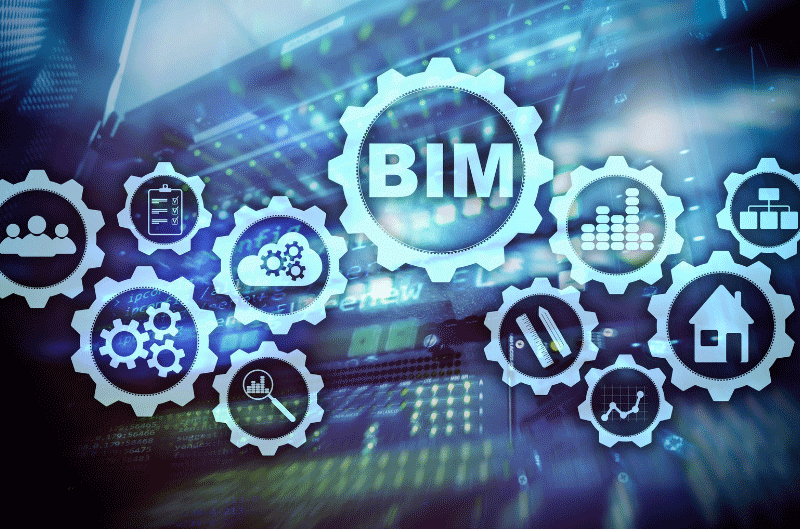BIM

BIM Services Unveiled: A Strategic Overview
BIM services revolutionize the way we design, construct, and manage buildings. Let’s explore the key facets of this transformative approach:
What is BIM?
Building Information Modeling (BIM) integrates digital technology, data, and collaboration throughout the building lifecycle.
It goes beyond 3D modeling, encompassing information about materials, systems, and performance.
Why BIM Matters:The Executive Perspective
Efficiency: BIM streamlines workflows, reduces errors, and enhances project coordination.
Cost Savings: Accurate modeling minimizes rework and optimizes resource allocation.
Sustainability: BIM aids in energy analysis, material selection, and lifecycle assessment.
BIM Execution Plans (BxP)
BxPs outline how BIM will be implemented in a project.
They specify software, modeling standards, collaboration protocols, and data exchange.
Key Components of a BxP
Project Overview: An executive summary of the project’s BIM strategy.
Model Specifications: Details about BIM models, authoring tools, and versions.
Collaboration Guidelines: How teams will work together using BIM.
Quality Control Measures: Ensuring model accuracy and consistency.
Benefits to Stakeholders
Owners: Improved project understanding, better decision-making.
Designers: Enhanced visualization, clash detection.
Contractors: Efficient construction sequencing, cost control.
Facility Managers: Accurate as-built documentation.



